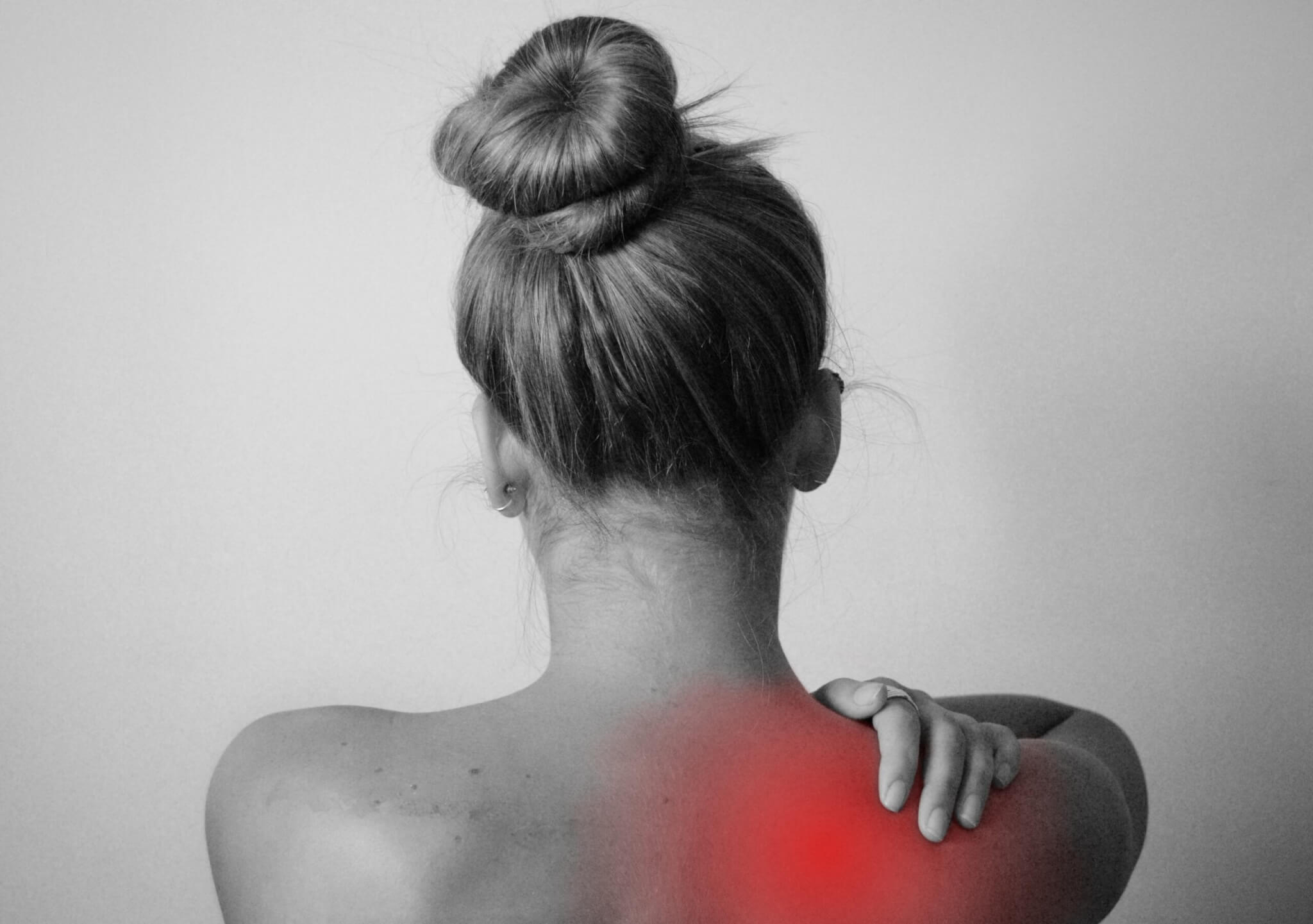OSLO, Norway — A popular saline injection treatment utilized for calcific tendinopathy — a frequent shoulder pain due to calcium accumulation in the rotator cuff tendons — might not be as effective as previously thought. International researchers conclude that this treatment offers no significant advantage over a placebo.
Calcific tendinopathy patients often undergo ultrasound-guided lavage, a process in which saline is injected into the calcium deposits to dissolve them. This, sometimes combined with a steroid injection, was believed to offer relief. However, scientists now suggest that the benefits of both procedures are no better than a placebo treatment.
Researchers say that these findings challenge the current use of ultrasound-guided lavage for calcific tendinopathy and demand “a critical reconsideration” of present treatment guidelines.
Up until this point, the efficacy of ultrasound-guided lavage hadn’t been tested against a sham or placebo treatment. As a result, it remained ambiguous whether the perceived improvements were due to the treatment itself, the body’s natural healing process, or merely a placebo effect.
To address this uncertainty, teams from Norway and Sweden launched the first sham-controlled trial of its kind, involving 218 adults diagnosed with calcific tendinopathy of the shoulder. These participants, around 65 percent of whom were women, had persistent symptoms for a minimum of three months.

Upon entering the trial, participants underwent x-rays to determine the extent of their calcium deposits and provided various health and lifestyle data. They were then divided randomly into three distinct treatment categories: lavage combined with a steroid injection, sham lavage with steroid injection, and sham only. Post-treatment, all were instructed to follow a home exercise regimen.
Researchers primarily monitored pain intensity and functional disability in participants. Four months in, all groups showed nearly identical results in terms of pain and functionality. Even in patients who had seen their calcium deposits dissolve, the symptoms persisted. This observation challenged the long-held belief that eliminating calcium buildup alleviates symptoms. Though the groups that received steroid injections did report temporary relief two and six weeks post-treatment, the relief was not evident after four months, making its effectiveness comparable to the sham group.
The study isn’t without limitations, such as the lack of a group receiving no treatment at all to observe the condition’s natural progression. Its robust design, though, did enable a comprehensive assessment of the treatment’s genuine clinical impact.
“Our results challenge existing recommendations for the treatment of calcific tendinopathy and may necessitate a critical reconsideration of established treatment concepts for these patients,” study authors say in a media release.
Experts from the United States also commented on the findings, suggesting that while the results indicate the treatment may be overused and less effective than previously believed, it might be too soon to dismiss the treatment altogether.
Researchers say future investigations should explore alternative treatments, such as specialized physiotherapy programs, and possibly include a no-treatment group to genuinely grasp the natural progression of calcific tendinopathy.
The study is published in the journal The BMJ.
